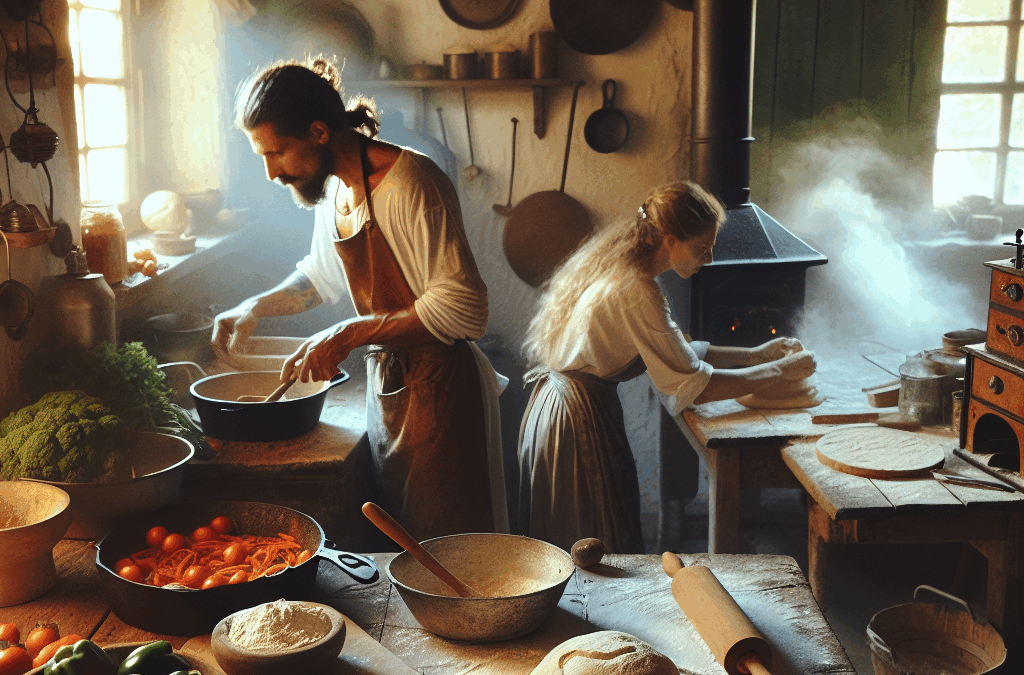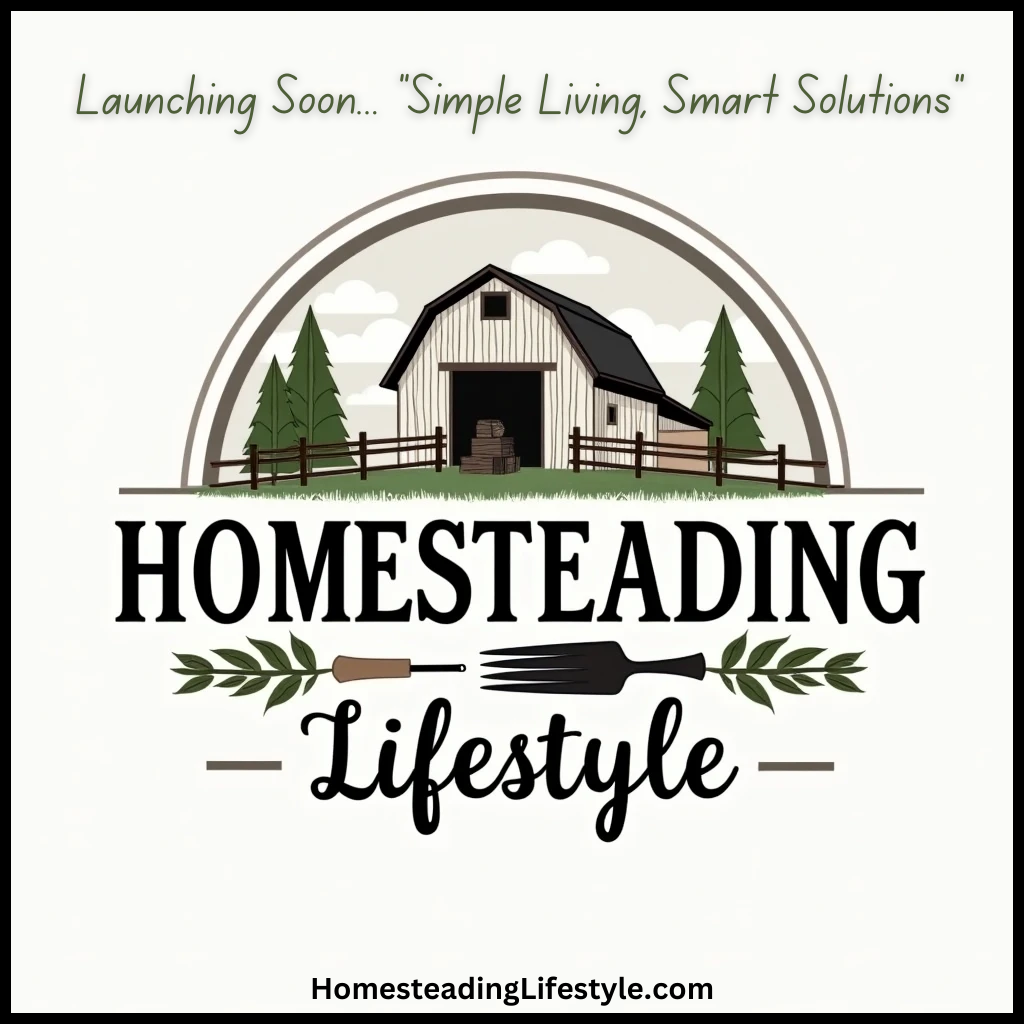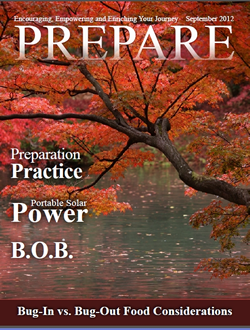Utilizing Seasonal Ingredients
Why Seasonality Matters
When I first started cooking sustainably, I had no idea just how impactful using seasonal ingredients could be. Not only do they taste better, but they also require less energy to produce and transport. When you choose to eat with the seasons, you’re essentially working with nature, which is pretty much the best partner you can have in the kitchen.
Eating seasonally also means supporting local farmers and businesses. I remember visiting my local farmers’ market for the first time and being amazed by the vibrant produce. Everything felt fresher and more alive compared to the supermarket options. Plus, it’s a great way to connect with your community and know exactly where your food is coming from.
Finally, seasonal cooking often results in a lower grocery bill. When you buy what’s in season, prices usually drop because of supply. I can’t tell you how many times I’ve scored amazing deals on fresh fruits and veggies just by planning my meals based on what’s fresh that month.
Finding Local Farms
Connecting with local farms has been a game changer for my cooking. I’ve found that building those relationships not only provides me with fresh ingredients but also helps me learn more about the food I eat. Many farms offer CSA (Community Supported Agriculture) programs, which I highly recommend. They usually fill up fast, so it’s best to hop on that early!
I also love the experience of visiting a farm. It’s like a field trip! You can see where your food is grown, which can be very gratifying. I even take my kids along sometimes; it’s a great way to teach them where their food comes from. They’ve become more curious about veggies simply because they’ve seen them growing in the dirt.
Don’t underestimate social media either; platforms like Instagram can help you find local farms and farmers’ markets near you. Just search for hashtags related to your area. Trust me, it’s a whole new world, and I can’t recommend it enough!
Cooking with Leftovers
I’ve always heard the saying, “waste not, want not,” but it didn’t truly resonate until I started tackling the concept of sustainable cooking. Using leftovers creatively can drastically minimize waste and save time during busy weeks. One of my go-to tricks is batch cooking and then repurposing those meals into something completely different a few days later.
For example, I might roast a big batch of veggies one day, and then the next, I’ll use them to make a frittata. The flavors blend so nicely, and it feels like a brand-new dish! Similarly, leftover grains can easily turn into salads or stir-fries, which means there’s zero reason for any food to go to waste.
Honestly, cooking with leftovers has helped me to be more inventive in the kitchen. It forces you to think outside the box, which is a fun challenge. Plus, it’s rewarding to create a delicious meal out of what many would consider “scraps.” It makes me proud to know that I’m reducing my carbon footprint while getting a little creative!
Preserving Food
Canning and Pickling
Canning has become one of my favorite hobbies! The first time I opened a jar of homemade tomato sauce in winter, I felt like a culinary rockstar. Canning not only allows me to enjoy summer produce year-round, but it also keeps me connected to the growing seasons. Honestly, it’s like capturing sunshine in a jar!
Pickling goes hand in hand with canning and is super easy to dive into. I’ve pickled everything from cucumbers to watermelon rinds. The best part? You don’t even need lots of fancy equipment. A few jars, some basic spices, and you can craft your own gourmet relishes and condiments.
Don’t sweat it if you mess up when you’re starting out! I think of it as an adventure. Pickling failures are just amazing ways to create more unique flavor combinations. Plus, sharing your canned goodies with friends makes it even more special, and they appreciate the effort that went into it too!
Fermenting
Fermentation has totally changed the way I look at food. I’d never fully appreciated its magic until I tried my hand at making my own sauerkraut. It’s pretty fascinating how simple ingredients like cabbage and salt can transform into something so tangy and rich with flavor. Plus, it’s super healthy for your gut!
I’ve also experimented with fermenting different vegetables and even kombucha. While it can feel a little intimidating at first, I found that it’s mostly about patience, and it’s incredibly rewarding. Fermentation isn’t just about taste; it’s about historical food preservation, and there’s something really meaningful about that.
Throw on some tunes while you’re working on your fermentation. It makes the process fun, relaxing, and totally zen. Once you start tasting the fruits of your labor, you’ll realize it’s all worth it. The endless possibilities of flavors are just waiting to be explored!
Freezing for Future Meals
I’ve come to rely heavily on freezing for preserving food. It’s a time-saving game changer! Whenever I have an overflowing harvest, freezing allows me to lock in the freshness while preparing me for hectic weeks ahead. I find joy in knowing that come winter, I’ll still be able to have peppers and beans right from my garden.
Blanching my veggies before freezing them has made a massive difference too. It keeps the bright colors and flavors intact. I usually spend one weekend a month prepping some meals. A little weekend batch-cooking can go a long way when busy days sneak up on you!
This method saves not only time but also money, making sure food never goes to waste. I love having homemade meals on hand, just waiting for me when I get home. With a little forward planning, my future self is grateful to my past self!
Choosing Energy-Efficient Cooking Methods
Exploring Alternative Cooking Techniques
As I dove deeper into sustainable cooking, exploring energy-efficient methods became a priority. I began to experiment with things like solar cooking and pressure cooking. Let me just say, pressure cookers are a great way to save energy and time! In just a fraction of the cooking time, you can have perfectly tender meals.
Using a slow cooker or Instant Pot has also changed my meal prep game. These appliances use less energy over longer durations, which is a win-win. I can set up my meal in the morning and come home to dinner already cooked. Seriously, it feels like magic when you come home to delicious aromas!
Another fun technique I’ve started playing with is using my grill. In hot weather, grilling keeps the heat outdoor, saving energy and keeping my kitchen cool at the same time. It’s just another way to embrace versatility while being kinder to our planet.
Cooking in Batches
Batch cooking has become one of my go-to strategies in reducing energy use. Cooking in larger quantities not only makes sense from an efficiency perspective, but it also makes my life easier. I can prepare several meals at once and then store them for busy nights when cooking simply isn’t in the cards.
I discovered the joy of setting a day aside just for meal prep, listening to my favorite podcasts as I chop and sauté. It’s kind of meditative! By the time I’m done, the fridge is stocked with healthy meals, which takes a load off my mind during the week.
Plus, when I think about the energy I save by cooking in bulk, it makes the effort feel even more worthwhile. I love knowing that I’m conserving resources while savoring scrumptious food made by my own hands.
One-Pot Meals
Who doesn’t love a good one-pot meal? They’re incredibly simple, and cleaning up afterward is a breeze. Over time, I’ve noticed it’s one of the most energy-efficient ways to cook. You can combine protein, veggies, and grains into one delicious dish without having to mess up multiple pots and pans.
I often play around with different combinations of ingredients based on what I have available, and let me tell you, there’s no shortage of flavor! Stir-frying, stews, and casseroles have become my best friends in the kitchen. I truly enjoy getting creative and seeing what comes out of it.
Beyond just saving energy, it keeps meal prep minimal. When I find myself in a cooking rut, I whip up a one-pot meal. It satisfies cravings while simultaneously reducing kitchen waste and helping me clean out the fridge. What could be better?
Embracing Zero-Waste Principles
Understanding Food Scraps
One of the first steps I took on my zero-waste journey was learning how to use food scraps. For example, vegetable peelings can easily be transformed into flavorful broth. I now save up scraps for a few days, then toss them into a pot with water and seasonings. It’s amazing how much flavor those little bits hold.
However, it doesn’t stop there! Things like citrus peels and herbs can be infused into sugar or vinegar for delicious homemade treats. The more I explore, the more I realize how much I was overlooking before. These “scraps” can be little powerhouses for flavor!
Adopting this mindset has also helped me become more conscious of my purchases. When I go into a store, I make a mental note of how to use everything I buy. It’s all connected, and it feels great to know I’m making progress toward reducing food waste.
Composting
Composting is another area where I’ve made strides in reducing waste. At first glance, it seemed daunting, but I now find it incredibly simple and rewarding. I’ve even heard it referred to as “nature’s recycling” system, and that’s totally how I see it.
With composting, I’ve noticed a remarkable change in my gardening efforts as well. Adding compost to the soil boosts its quality, resulting in a happier, healthier garden. Plus, using my kitchen scraps this way makes me feel like I’m giving back to the earth and closing the loop on my food cycle.
Getting my family involved has made it even better. The kids love helping with the compost bin, turning it into a fun learning experience. It’s cool to witness them understand the concept of sustainability and applying it to our daily lives.
Mindful Consumption
Mindful consumption has truly shifted my perspective on shopping for groceries. I actively consider not just what I need, but how my purchases affect the environment. Reducing plastic use, choosing bulk items, and selecting brands with sustainable practices have become my mantra.
Stepping into a store now feels like a little adventure. I take my reusable bags, browse the bulk section, and choose items without unnecessary packaging. It feels good knowing I’m making choices that align with my values, and it’s become a rewarding habit.
Living mindfully has brought a sense of focus and intentionality to my shopping. It’s a wonderful feeling to know that I’m doing my part to contribute to a healthier planet, one grocery trip at a time!
Frequently Asked Questions
What are some simple steps to start cooking sustainably?
First, try to focus on seasonal ingredients and local produce. Explore your local farmers’ market, and don’t be afraid to experiment with preserving techniques like canning or freezing. Also, look for energy-efficient cooking methods that align with your lifestyle.
How can I incorporate batch cooking into my routine?
Dedicate a specific day of the week for meal prep. Cook larger quantities and store them in portioned containers. Make it an enjoyable experience by listening to music or a podcast while you cook!
What are some creative ways to use food scraps?
You can make delicious broths with vegetable peels, use citrus peels to infuse sugar or vinegar, or even regrow green onions in water from scraps. It’s all about getting creative!
How can composting benefit my garden?
Composting enriches the soil by adding valuable nutrients and improving soil structure. This can lead to healthier plants and a more fruitful garden as you recycle waste back into the earth!
How do I shop mindfully to reduce waste?
When you shop, think about what you truly need and how your choices impact the environment. Choose bulk items, bring reusable bags, and opt for products with minimal packaging to foster a sustainable shopping habit.





